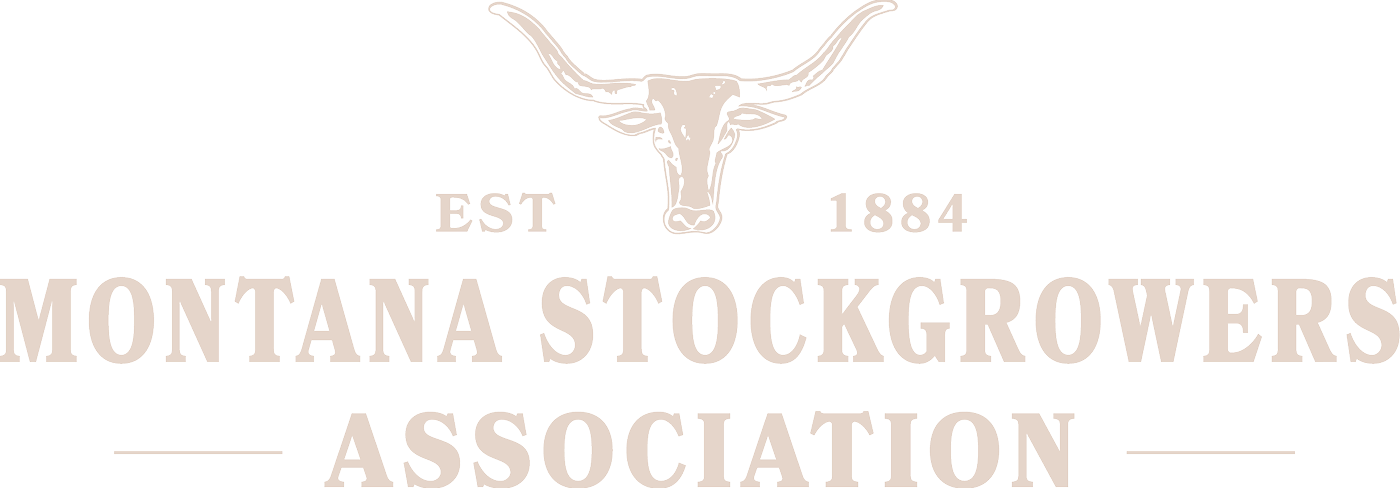HELENA, Mont. (February 17, 2022) – Sage Grouse continues to be a priority issue for the Montana Stockgrowers Association (MSGA), Montana Public Lands Council (MPLC), and the Montana Association of State Grazing Districts (MASGD) who submitted comments regarding the Notice of Intent to Amend Land Use Plans Regarding Greater Sage-Grouse Conservation and Prepare Associated Environmental Impact Statements earlier this month.
“Sage grouse management and conservation is of the utmost importance to our members who have proven that livestock grazing contributes positively to wildlife habitat and is especially compatible and beneficial to greater sage grouse habitat. Ranchers are the stewards of the greater sage grouse habitat on both the private and public land in Montana. Our organizations have been invested in the conservation of sage grouse since the beginning and have attended and participated in the development meetings while drafting the state management plan.”
Raylee Honeycutt, MSGA Director of Natural Resources and MPLC executive staff.
In the group’s comments, it was urged for the BLM not to amend land use plans regarding greater sage grouse conservation. The notice of intent (NOI) notes the need to revisit the agency’s land use plans (LUP) with regard to the greater sage grouse and indicates a change is necessary. The groups counterpointed that livestock producers, as private landowners, contribute to much of the success of sage grouse conservation as sage grouse spend the majority of their time on private lands. Montana has proven success in our management.
In Montana, the BLM management plan is the 2015 plan. Montana did not deviate from this, and in fact, Montana’s state management plan was developed based on the BLM 2015 plan and Montana has proven that management under this plan can be executed successfully. The BLM and state plans are closely intertwined in Montana, so changes would be unnecessarily disruptive to the protection and conservation of sage grouse in Montana.
The groups also commented that while the desire would be for no change to the current LUP, it is important to note, one of the greatest threats to habitat loss and biodiversity in the west is catastrophic wildfire. Hundreds of millions of acres are at risk of entering or persisting in the threat of catastrophic wildfire-invasive species-habitat loss without the agency taking a more comprehensive view of landscape health that manages acres for resiliency, rather than achievements at a single point in time.
Grazing is an effective mechanism to decrease fine fuels that contribute to the risk of catastrophic wildfire, as acknowledged by the agency during the inclusion of grazing in the targeted Environmental Assessment on fuel breaks and in planning documents through the planning evolution from 2015 to the most updated plans. BLM should increase the use of grazing as a tool to achieve habitat objectives and goals, rather than restricting opportunities to make best use of a low-intensity, high-achieving tool.
CONTACT:
Keni Reese
Director of Marketing & Communications
406-442-3420
[email protected]
To view more MSGA news, visit https://mtbeef.org/news/
